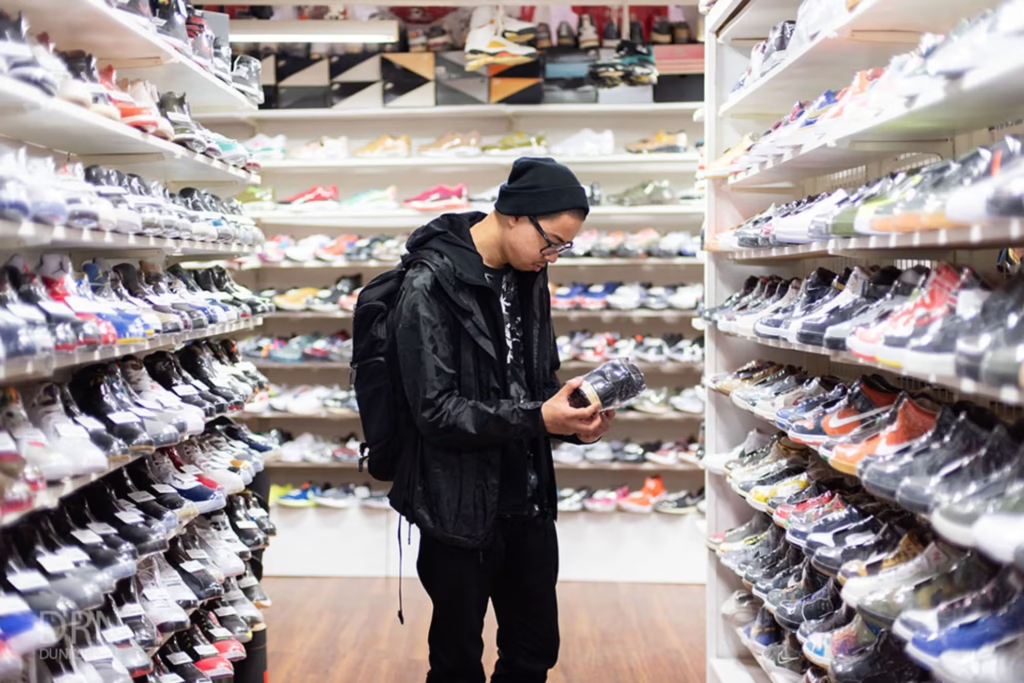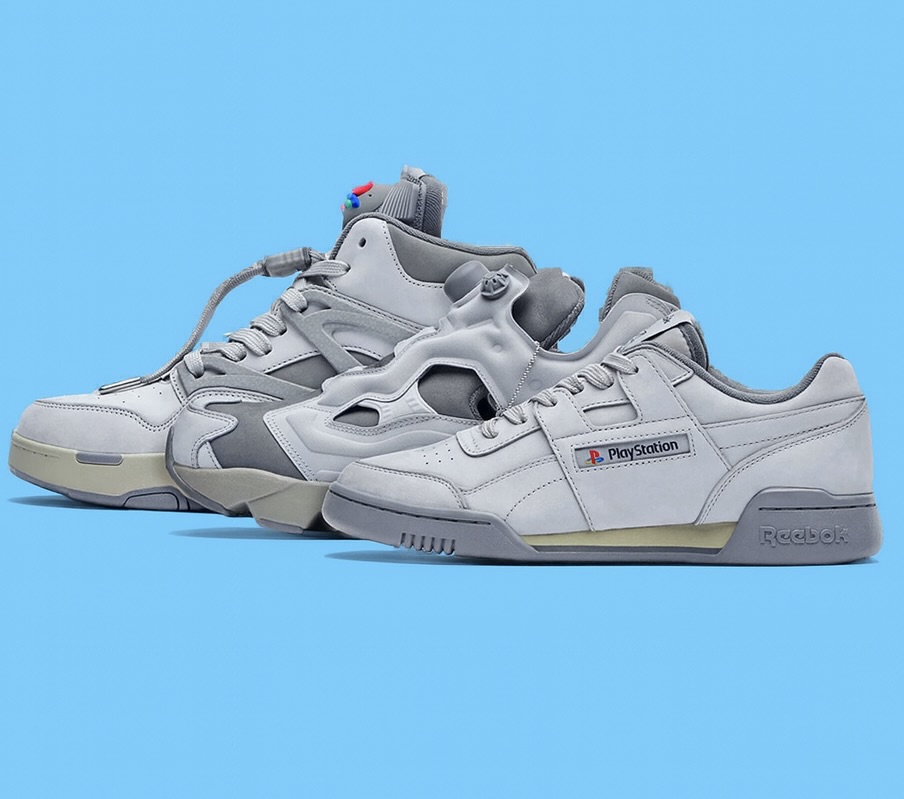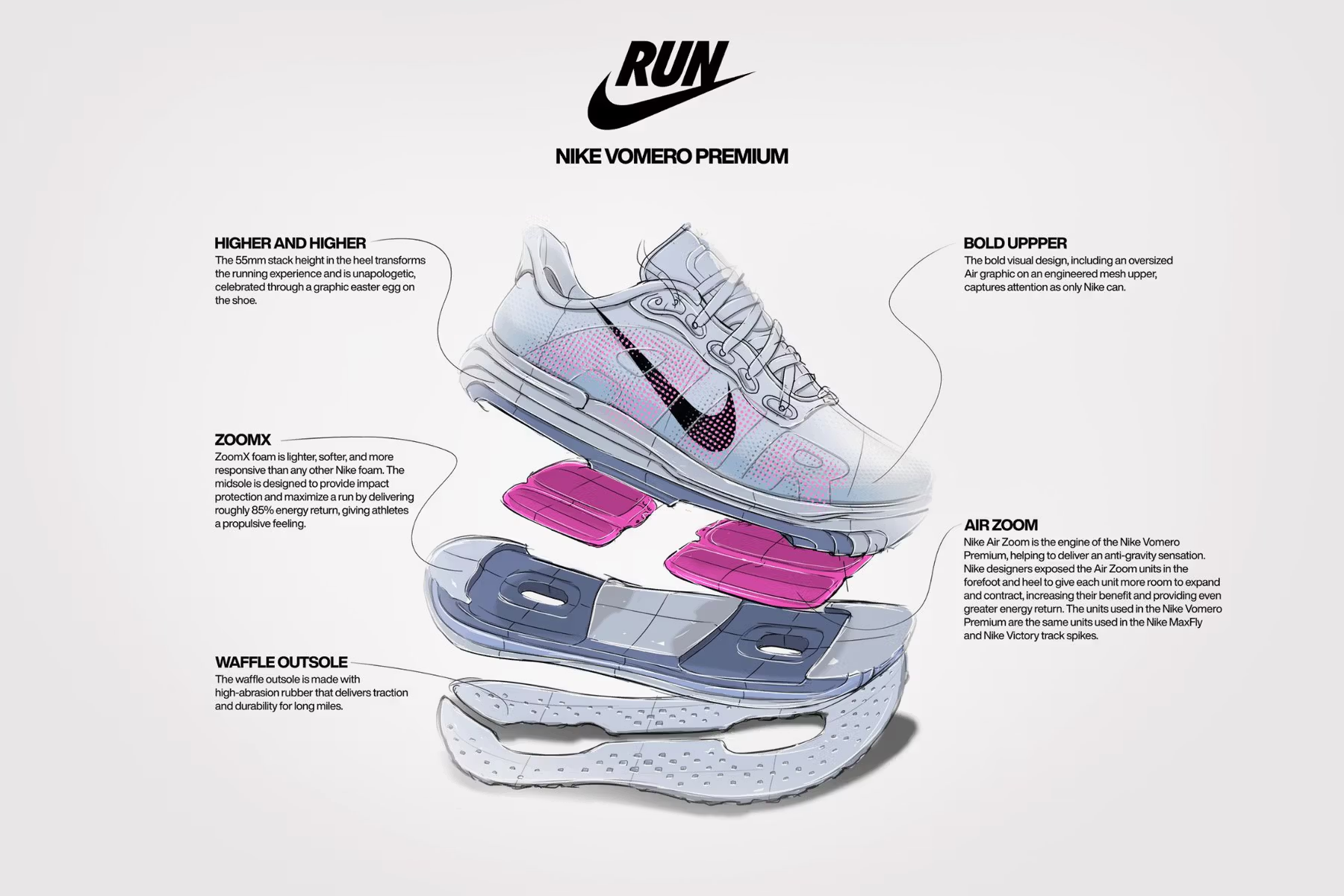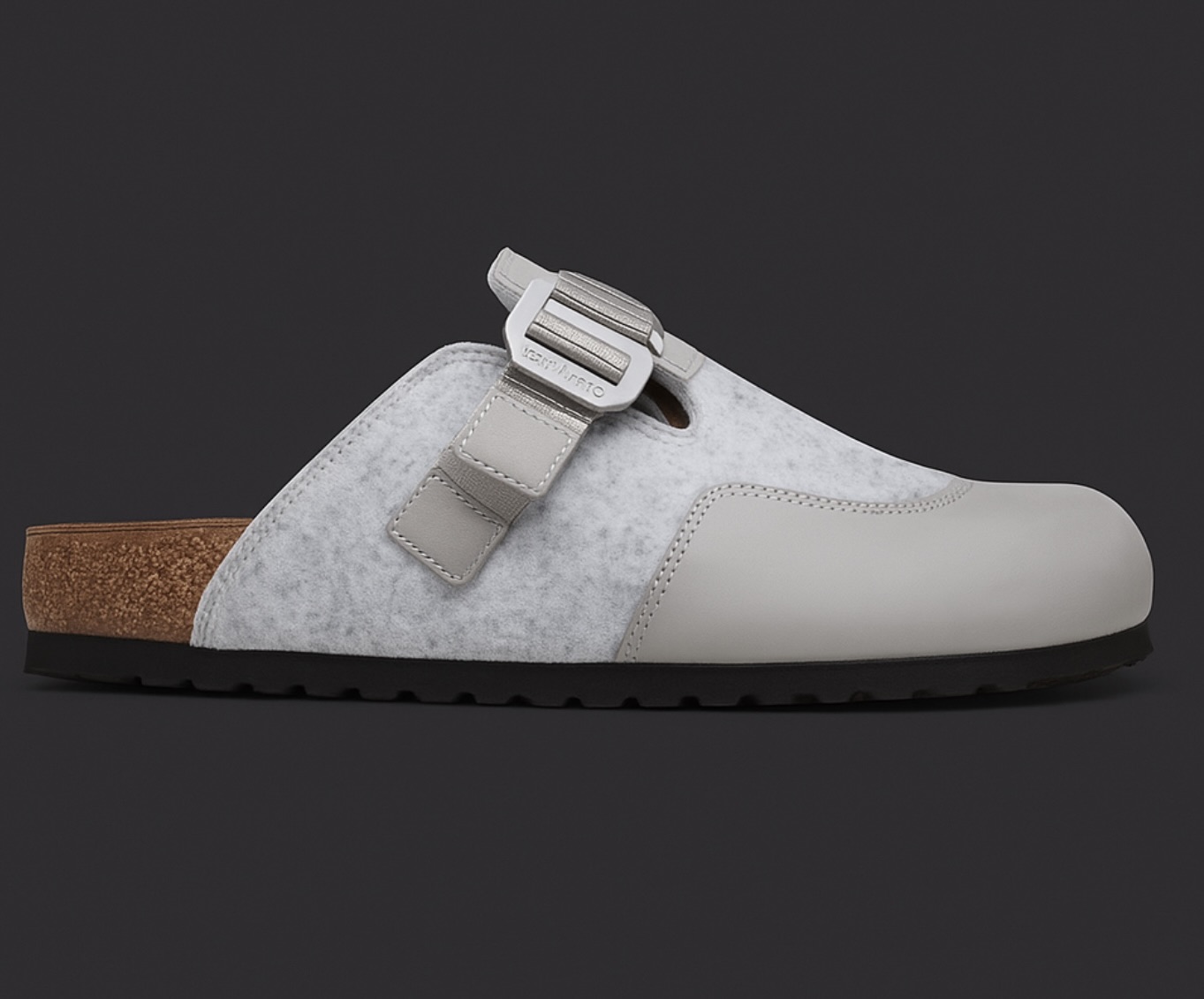obsession begins on concrete
for rolo tanedo jr, shoe were never mere accessories—they were storytelling devices worn thin across blacktop and plywood. his early encounters with nike sb coincided with the brand’s golden era, when each drop carried mystique, myth, and meaning. long before resale markets and snkrs app queues, tanedo was trawling message boards and local skate shops, chasing a pair not for profit but for identity.
his initiation came via the huf sb dunk high, an emblem of san francisco cool. released in 2004, its tie-dye panels and street-coded palette mirrored the early west coast skate aesthetic. “it wasn’t just a shoe,” tanedo has said in interviews—it was “a ticket into a culture.” that pair became his north star, introducing him to a language that would define his collecting philosophy: history, community, and authenticity stitched into leather and suede.
View this post on Instagram
the golden years of nike sb
nike sb’s early-2000s run was a subcultural renaissance. the tiffany dunk, heineken, stussy cherry, and pigeon colorways transformed from skate-shop exclusives to urban folklore. tanedo’s collection reads like an archive of that transformation. while some focused on box colors (silver, pink, black, gold), he focused on stories—where he found them, who he met, and how each shoe connected to a chapter in his life.
the “pigeon” dunk low became one such chapter. jeff staple’s new york chaos release embodied sneaker hysteria; tanedo remembers camping outside local stores, not even to score a pair but to witness history. “you could feel the shift,” he’s recalled—how sneakers transcended sport and became narrative art forms. that pair would later become a cornerstone in his display, not just for rarity but for what it symbolized: the moment sneaker culture went mainstream.
colorways as diary entries
tanedo approaches each sb dunk like a time capsule. the “melvins”, with their band artwork and gothic graphics, recall his college years immersed in music subcultures. the “lucky” and “unlucky” pack reflect his superstitions during early adulthood. even the “tokyo” and “paris” pairs—grail-level rarities he’s only held, not owned—represent milestones in aspiration, pushing him to keep searching.
his sneaker wall, meticulously arranged by release era rather than color, resembles an emotional chronology more than a museum. each row marks a mood: optimism of the pink-box era, experimentation of the gold-box years, and nostalgia of the modern retros. “people ask which pair I’d save in a fire,” he jokes, “but they’re all chapters—burn one, and the story loses context.”
the collector as curator
what sets rolo apart isn’t quantity but intention. his instagram feed blends editorial photography with personal storytelling, framing sneakers as memory triggers. every caption reads like a diary excerpt: “2005. heatwave. lined up for three hours. the box smelled like fresh plywood.” these vignettes resonate with followers not for flex value but for sincerity—a rarity in today’s algorithmic sneaker world.
he often collaborates with other collectors and photographers, staging shoots that mirror museum installations. “sb dunks weren’t designed to sit behind glass,” he explains. “but preserving them is how we preserve an era.” his home setup resembles a skate shop fused with a design studio—UV-filtered lighting, archival crates, rotating display pedestals. each pair gets its own cue card listing year, designer, and backstory.
culture
beyond nostalgia, tanedo’s collection embodies the broader cultural trajectory of nike sb: from rebellion to reverence. in the early 2000s, nike’s skateboarding line was a grassroots experiment courting authenticity in a subculture that often rejected corporate intrusion. but through smart collaborations—with artists, musicians, and skate shops—it gained legitimacy.
tanedo’s shelves chart that shift. early pairs like the “supreme cement lows” capture the fusion of skate and streetwear, while modern collabs like ben & jerry’s “chunky dunky” or travis scott’s paisley low show the mainstream absorption of what once was underground. he views it with both pride and caution: “we won, but we lost some innocence. now everyone knows what a dunk is, but few remember why it mattered.”
the grails still ahead
even for someone as seasoned as rolo, the hunt never ends. his “white whale” remains the paris dunk low, painted with bernard buffet’s expressionist art. fewer than 200 pairs exist, each unique. he’s also eyeing vintage “what the dunk”samples, fascinated by their Frankenstein-like assembly of history.
but his ambitions aren’t purely acquisitive. he dreams of publishing a visual anthology of sb dunk photography—an “autobiography told through shoes.” part art book, part cultural study, it would trace how sneakers became both relic and revolution, how leather and thread could map a man’s evolution.
collecting as storytelling
to outsiders, sneaker collecting can seem obsessive, even frivolous. to insiders like tanedo, it’s an archival act—documenting design innovation, subcultural codes, and personal milestones. “some people collect vinyl or film cameras,” he says, “i collect time, in the form of shoes.”
in this sense, the sb dunk isn’t just nike’s most expressive silhouette—it’s a vessel for human experience. the creases and scuffs tell stories of pavement, friendship, failure, triumph. rolo tanedo jr reads them fluently, his life written not in ink but in suede and rubber.
impression
in an era when sneaker culture risks being swallowed by hype, rolo tanedo jr stands as an archivist of meaning. his journey through nike sb dunks reminds us that the true value of a collection isn’t resale price—it’s resonance. every pair in his possession is both artifact and autobiography, proof that passion, when preserved with care, can transcend commerce.
for tanedo, the dunk isn’t nostalgia—it’s narrative. and as nike continues to retro and remix its icons, his collection remains a compass pointing to authenticity, the unwritten rule that started it all: wear your story, even if it’s worth a fortune.
No comments yet.








